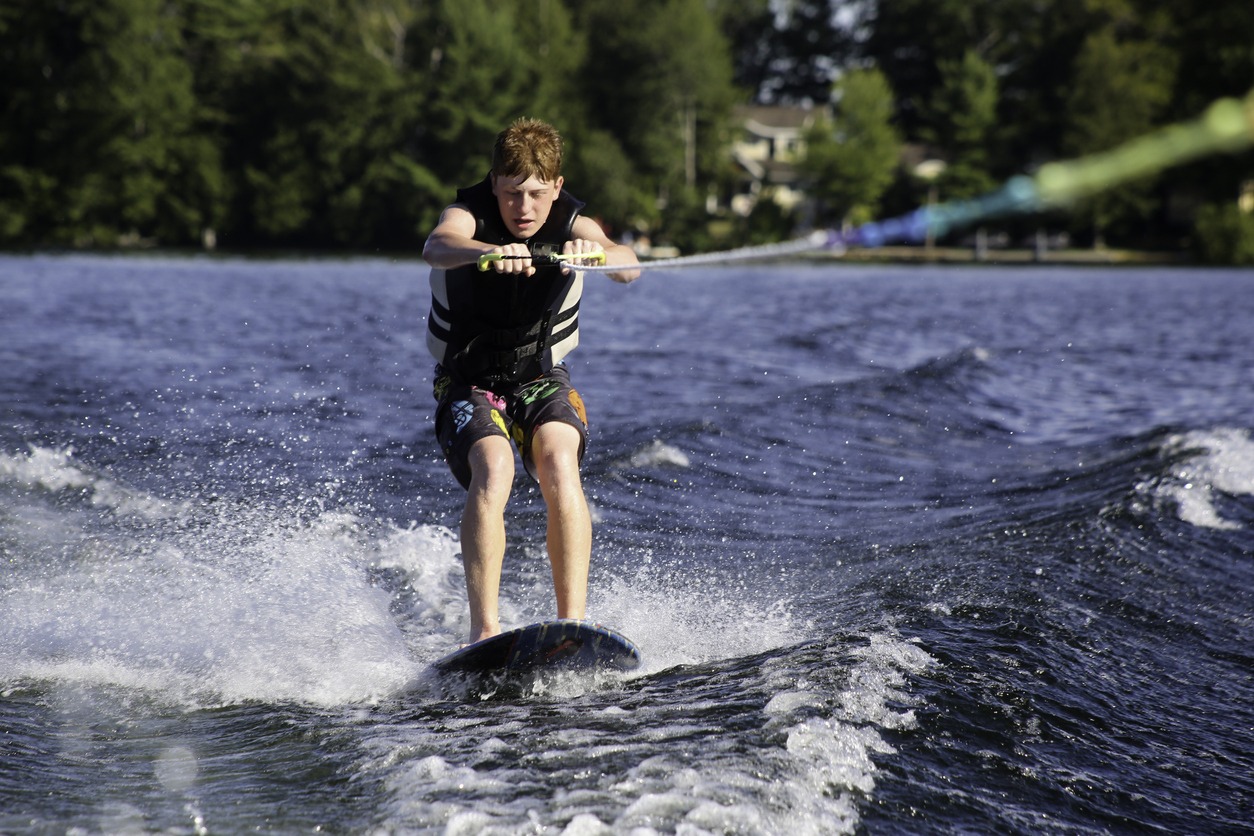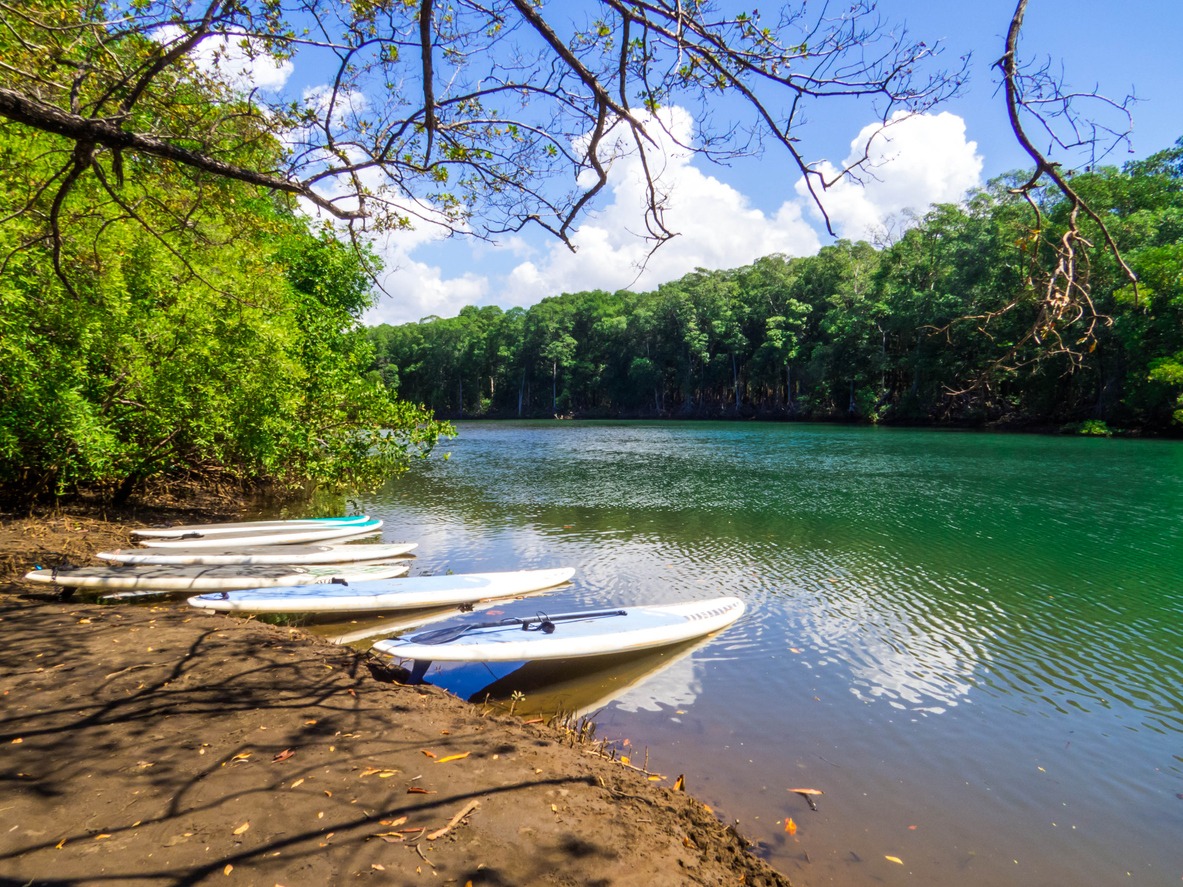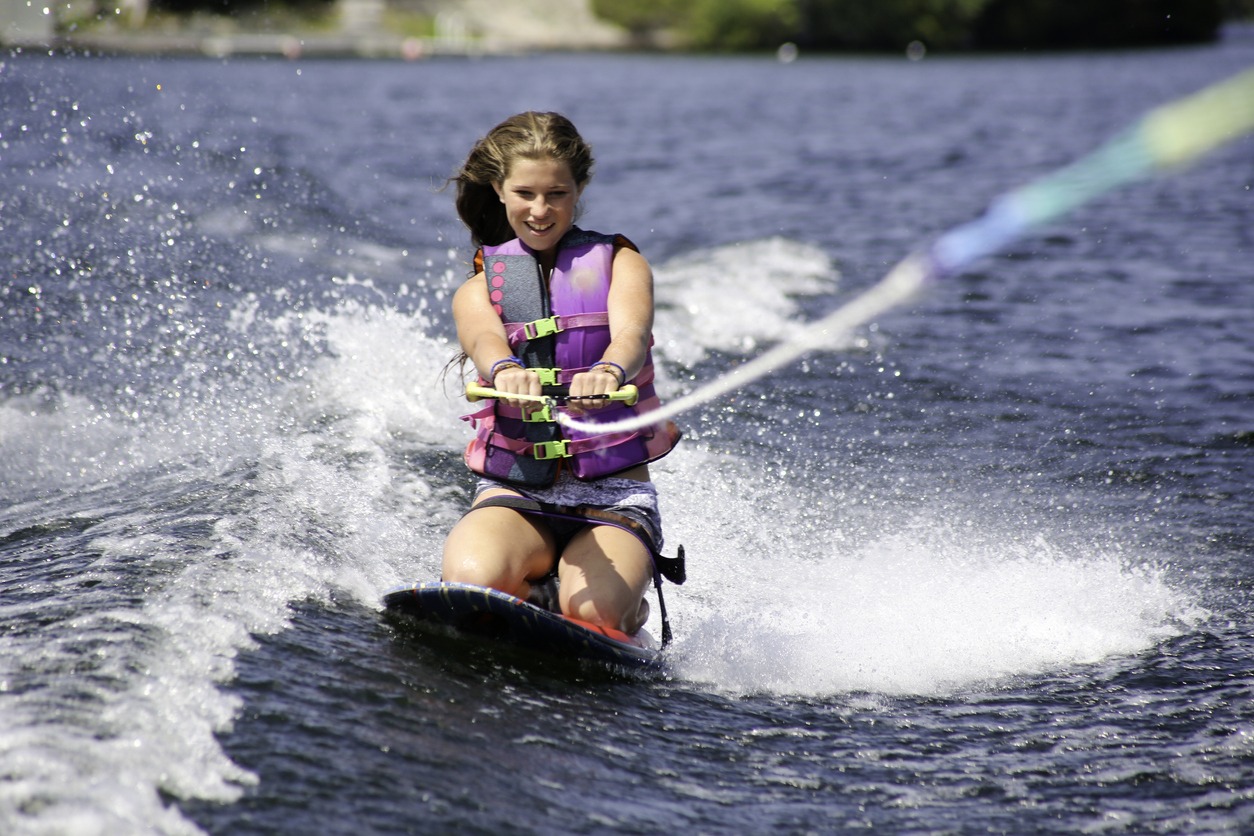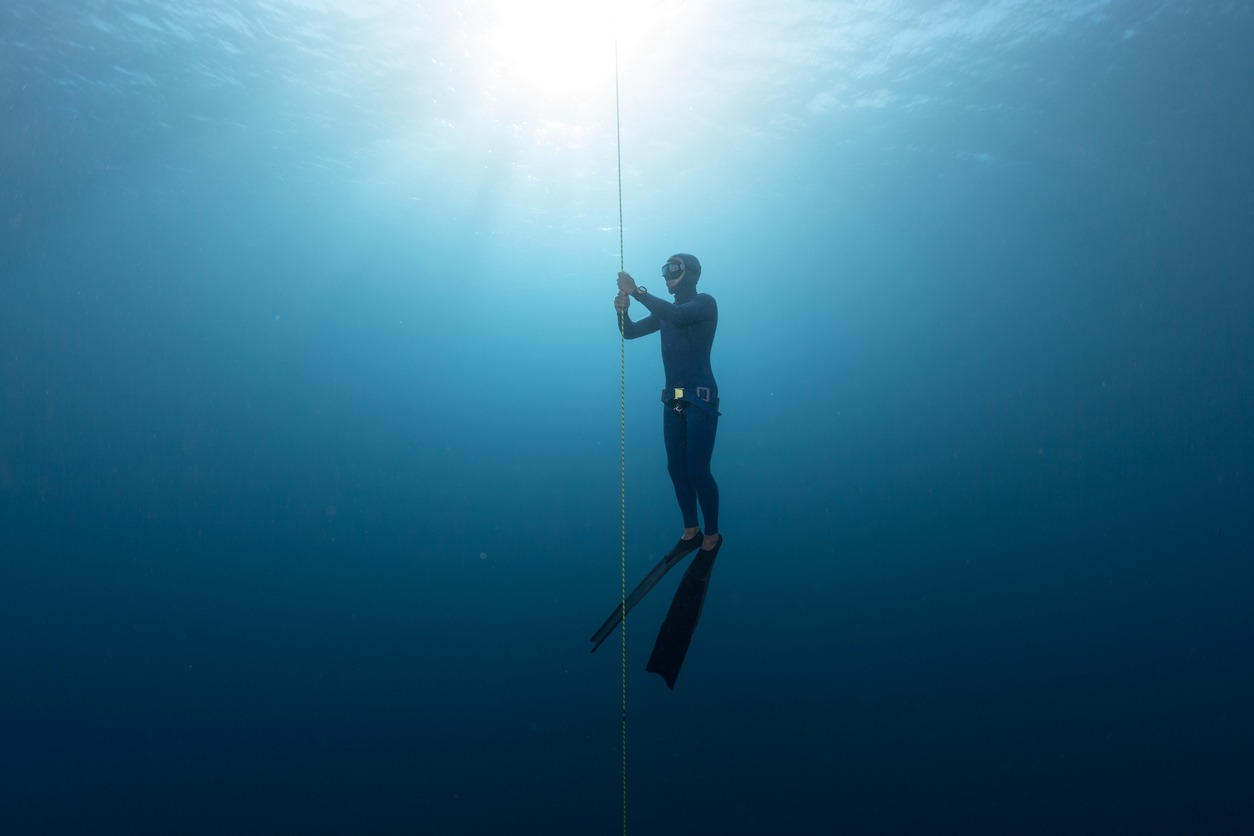Essential Tips for Getting Started With Windsurfing
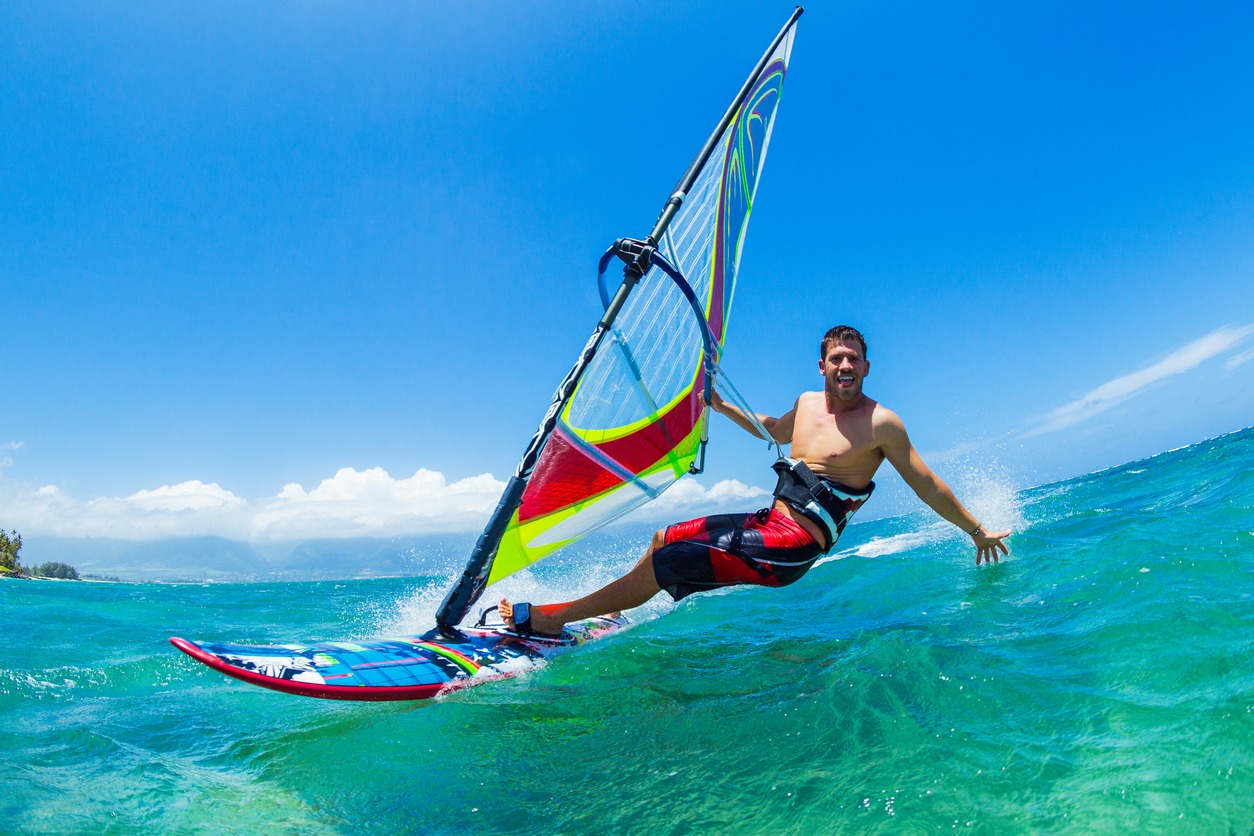
To get started with windsurfing, you'll need the right equipment: a beginner-friendly board, small sail, and daggerboard for stability. Choose a sheltered location with wind speeds of 3-5 mph blowing parallel to the shore. Perfect your body positioning with a neutral stance, bent knees, and engaged core. Acquire basic techniques like uphauling and keeping your arms extended for balance. Always wear a life jacket and check weather conditions before heading out. Start with a stable board and small sail, gradually increasing difficulty as you improve. By following these essential tips, you'll be well on your way to becoming a confident windsurfer.
Understanding Essential Windsurfing Equipment
In order to get started with windsurfing, you'll need to familiarize yourself with the essential equipment. The board is your foundation, and as a beginner, you'll want to choose a large, high-volume board. This type offers better flotation and stability, helping you maintain balance as you learn the basics.
The sail is another essential component. When you're just starting out, opt for a smaller sail area. It's easier to control in strong winds, allowing you to focus on your technique without being overpowered. You'll also need to adjust the boom height to chest level for ideal control.
Don't overlook the importance of a daggerboard. This retractable fin adds stability and helps you sail upwind more effectively. As you progress, you may find yourself using it less, but it's valuable for beginners.
Proper rigging is indispensable for a successful windsurfing session. Take the time to learn how to set up your equipment correctly. This includes attaching the sail to the board, adjusting the boom, and ensuring all components are secure. By acquiring these fundamentals, you'll be well-prepared to catch the wind and enjoy your time on the water.
Mastering Wind and Point of Sail
Now that you're familiar with the equipment, it's time to focus on the wind itself. Understanding wind direction is vital for optimizing your sailing path and maintaining control. For beginners, onshore winds are ideal as they blow towards the shore, providing a safer learning environment.
When you're ready to start sailing, remember to use your body weight, not just your arms, when uphauling the sail. This technique helps maintain balance and prevents fatigue. As you become more comfortable, extend your arms to balance the sail and reduce muscle tension. This posture will allow you to sail for longer periods without tiring.
To sail more efficiently upwind, keep your eyes focused in that direction. This practice helps you maintain the correct course and make necessary adjustments. As you progress, you'll learn to read the wind and adjust your sail accordingly. Remember, windsurfing is about working with the wind, not against it.
Perfecting Body Positioning
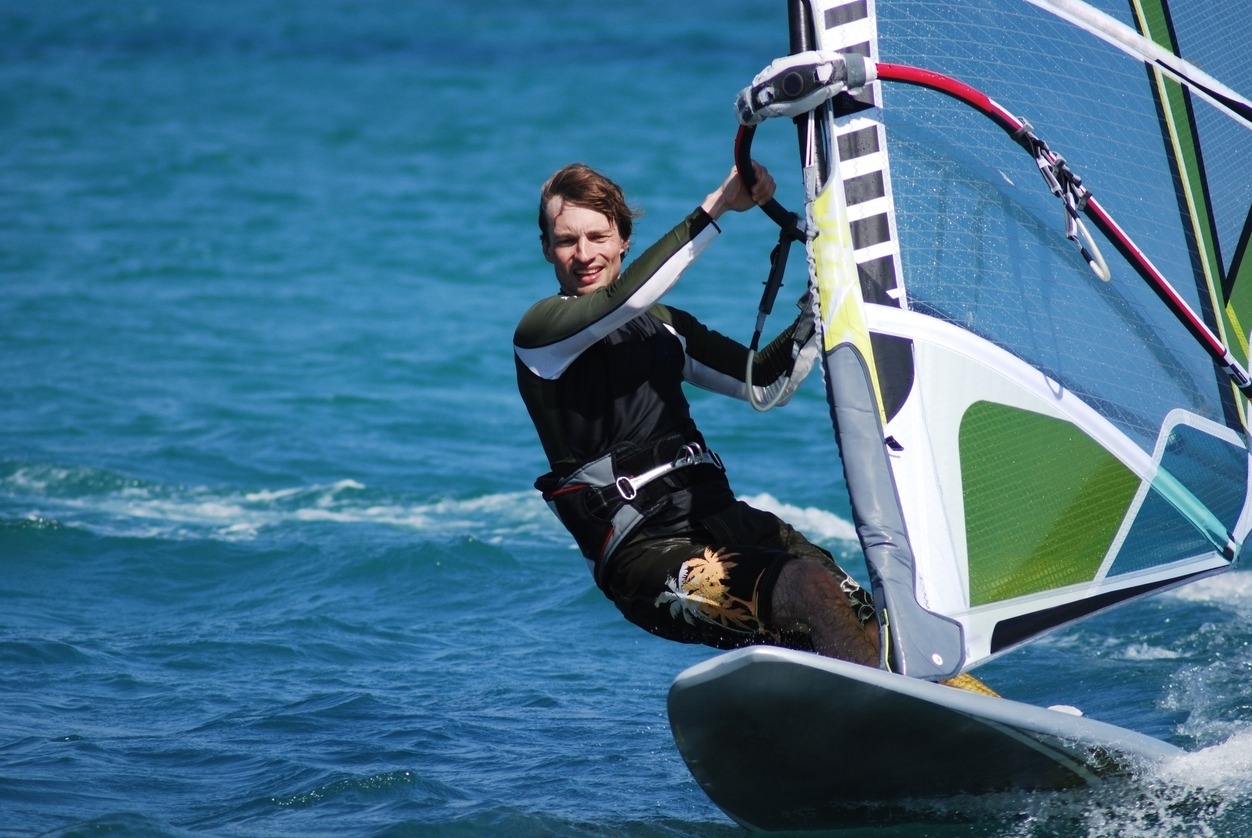
As you progress in windsurfing, body positioning becomes crucial for control and efficiency. Your stance on the board directly impacts your ability to harness the wind and navigate effectively. Start by adopting a neutral position, with your feet shoulder-width apart and knees slightly bent. This stance provides stability and allows for quick adjustments.
Keep your back straight and engage your core muscles to maintain balance. Your arms should be relaxed but ready to respond to changes in wind direction. As you gain confidence, experiment with shifting your weight forward or backward to control the board's speed and direction.
When sailing upwind, lean your body slightly back and into the wind, countering the force on the sail. For downwind runs, move your body weight forward to prevent the nose from diving. Remember to keep your head up and look ahead, not down at the board.
Practice moving between different body positions smoothly. This flexibility will help you adapt to changing conditions and execute maneuvers more effectively. By fine-tuning your body positioning, you'll improve your overall windsurfing performance and enjoy a more responsive experience on the water.
Learning Basic Sailing Techniques
Learning basic sailing techniques is the foundation of successful windsurfing. To become proficient in these techniques, you'll need to focus on proper body positioning and sail control. Keep your stance wide with bent knees to maintain balance and stability on the board. This posture will help you navigate choppy waters and respond quickly to changes in wind direction.
Understanding key terminology is also essential for beginners. Familiarizing yourself with terms like deck, nose, tail, rail, mast, boom, daggerboard, fin, uphaul, harness, and battens will help you communicate effectively and understand the mechanics of your equipment.
When sailing, it's pivotal to keep your eyes focused upwind. This habit will improve your ability to sail upwind and anticipate shifts in wind patterns. To reduce muscle strain and better control the sail's power, extend your arms while maintaining a relaxed grip on the boom.
Maintain a wide, bent-knee stance
Focus your eyes upwind
Extend your arms for better sail control
Use your body weight when uphauling the sail
Analyze falls to improve your technique
Remember to use your entire body, not just arm strength, when lifting the sail from the water. This technique will help conserve energy and prevent fatigue during longer sessions. By becoming proficient in these fundamental skills, you'll be well on your way to becoming an accomplished windsurfer.
Choosing the Right Location
The right location can make or break your windsurfing experience, especially when you're just starting out. For your first windsurfing sessions, it's best to choose a small, sheltered lake or lagoon about 100-200 yards across. Look for a spot where the wind blows parallel to the shore, as this will help you maintain control and stay close to land. Check present currents and wave size to guarantee a safe and comfortable learning environment. Avoid areas with powerboat wakes or strong offshore winds that could sweep you away from shore. It's essential to steer clear of the ocean until you've gained more experience, as open water poses greater challenges for beginners. Instead, seek out a location with clean, unobstructed wind to allow for easier sailing and learning.
Guarantee the water is deep enough to accommodate falling off the board without hitting the bottom. This will give you confidence as you practice and minimize the risk of injury. By choosing the right location for your first windsurfing experiences, you'll set yourself up for success and enjoy a smoother learning curve in this exciting water sport.
Assessing Wind Strength and Direction
Once you've found the perfect location, it's time to focus on evaluating wind strength and direction. As a beginner, you'll want to aim for wind speeds between 3-5 miles per hour. Anything over 7-10 mph can be too challenging for your first attempts. It's critical to assess where the wind blows from and how it interacts with the shore. Ideally, you'll want the wind to blow parallel to the shoreline, as onshore winds are perfect for your initial lessons.
To determine wind direction, look upwind by observing flags, trees, or ripples on the water's surface. This skill is essential for optimizing your sailing path and maintaining control in various conditions. Remember, offshore winds can be dangerous, so always use a tether line and have a plan to dismantle your rig if needed.
Aim for 3-5 mph wind speed
Guarantee wind blows parallel to shore
Use visual cues to determine wind direction
Have a safety plan for offshore winds
Practice in small lakes or lagoons before attempting ocean windsurfing
Preparing Your Board
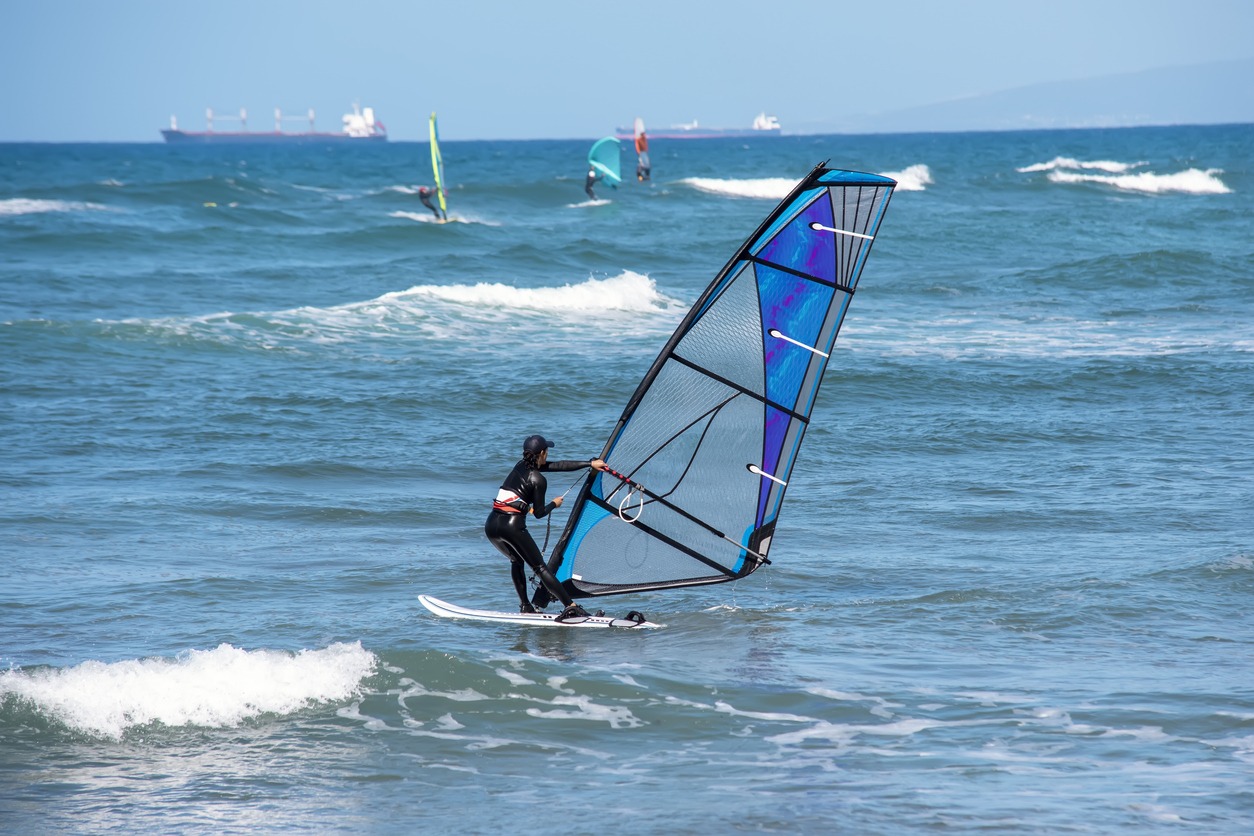
Before hitting the water, properly preparing your is essential for a safe and enjoyable experience. Start by ensuring your board's surface has good traction. You can do this by rubbing wet beach sand on it or scuffing it with your bare feet. This will help prevent slips when you're maneuvering or executing board turns.
When assembling your board and rig, follow the manufacturer's instructions carefully. Check for any sand or debris in the mast step hole, as this can affect stability. Avoid standing on the board with the fin in place or lying on it with suntan oil, as these actions can damage the surface.
To retrieve the uphaul line, kneel on the board and use your leg muscles to lift the sail out of the water. As you stand up, maintain the board's centerline for better stability and control. Remember, an oriented strand board construction can offer improved durability and performance.
Don't forget to wear a life jacket for safety. By taking these steps to prepare your board, you'll set yourself up for a more successful and secure windsurfing session.
Rigging and Launching
With your board prepared, it's time to focus on rigging and launching your windsurfing setup. Begin by attaching the sail to the mast and securing it to the board. Guarantee the uphaul line is properly connected, as you'll need it to lift the sail out of the water. Position yourself on the board, keeping your feet on either side of the mast base.
When you're ready to launch, point the nose of the board into the wind. In lighter winds, you can easily push off from shallow water. For stronger winds, wade out a bit further before mounting your board. Remember to keep the sail downwind of the board as you start.
Check all connections and lines before entering the water
Position the sail downwind of the board
Keep your weight centered on the board
Use the uphaul line to lift the sail gradually
Look for clear, open water before fully raising the sail
Once you're comfortable and stable, slowly lift the sail using the uphaul line. As the sail catches wind, you'll feel the board start to move. Congratulations, you're windsurfing!
Safety Precautions for Beginners
For beginners, safety should be the top priority when windsurfing. Always wear a properly fitted life jacket or buoyancy aid to guarantee your safety on the water. It's pivotal to avoid windsurfing alone and inform others of your location and expected return time. This precaution can be lifesaving in case of emergencies.
Before heading out, check weather and wind forecasts carefully. Don't windsurf in offshore winds or conditions beyond your skill level. As you're learning, keep your front arm straight and your back straight to maintain balance and control. Learn proper launching, landing, and falling techniques to minimize the risk of injury. Your body tends to accumulate fatigue quickly when you're new to the sport, so take regular breaks.
Familiarize yourself with local boating traffic and waterway rules to prevent collisions. This knowledge is essential for your safety and the safety of others on the water. Remember to stay alert and aware of your surroundings at all times. By following these safety precautions and continuously improving your skills, you'll be able to enjoy windsurfing while minimizing risks and maximizing your enjoyment of this exhilarating water sport.
Progressing Your Windsurfing Skills
Once you've conquered the basics and safety precautions, it's time to focus on advancing your windsurfing skills. Start with a stable, high-volume board and a small sail to build a solid foundation. As you gain confidence, gradually increase your sail size and practice maneuvering in various directions.
To progress efficiently, become proficient in fundamental techniques like tacking, gybing, and planing. These skills will help you sail upwind and downwind more effectively. Keep your knees bent for better balance and control, and remember to lean back slightly when planing to maintain speed.
Participate in lessons and clinics to learn proper form and equipment setup from experienced instructors. They'll also teach you essential safety practices. Consistently practice on the water, experimenting with different conditions to expand your abilities.
To accelerate your progress:
- Analyze your performance after each session
- Set specific goals for improvement
- Practice in a variety of wind conditions
- Learn to keep the sail balanced and powered
- Gradually challenge yourself with more advanced maneuvers

